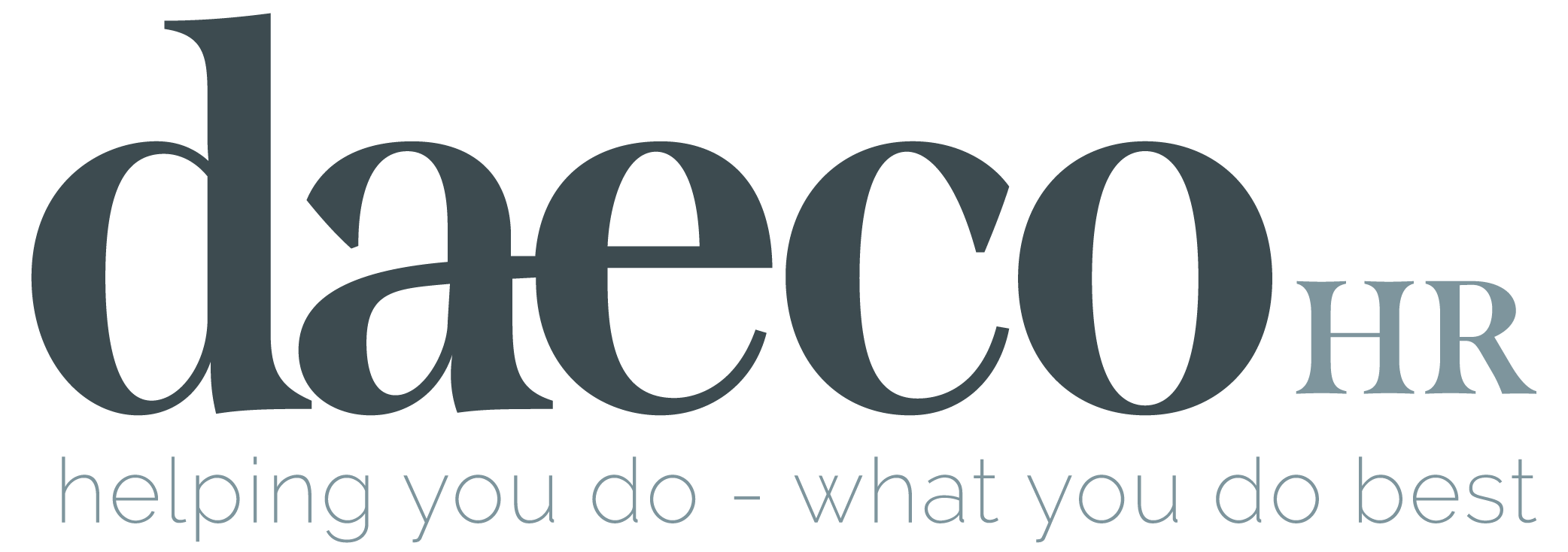Company gatherings and team-building sessions can feel awkward at the start, which is why icebreaker activities are helpful to break any tension in the room and to focus any nervous or excited energy into beneficial action.
Why Use an Icebreaker Activity?
An icebreaker is an excellent way for people to bond and also provides an opportunity for employees to get to know each other better and learn things they may have not known. The facilitator can also learn a lot about their employees by watching how they participate and interact with their colleagues. Observing the group can help you understand how your employees work well together and how comfortable they are in certain environments outside of their comfort zone.

Five Icebreaker Activities.
1. Pick One Word.
For small teams, you can have each individual do this, but for larger teams, you can break off into smaller groups. Each person or group takes 5 to 10 minutes and must come up with one word to describe your organization’s culture. In the end, the groups share their words, and discussion ensues.
Objective: Start a conversation, foster team-building and generate ideas for the organization. It helps colleagues get to know each other better while focusing on your culture and values. It also gives you insight into what other underlying core values your organization may have – some good information for leaders.
2. 10 Things We Have in Common.
This game can work in person or on video and is great for a small team or large offices. The idea is to break off into smaller groups or play with your entire team if you have a small group of staff. Find ten things that everyone in the group has in common. Topics could include everyone having been to the same city, being the middle child, owning the same type of pet, or loving the same holiday movie —the more creative, the better. If you have multiple teams, then a representative of each group can report the findings at the end.
Objective: Encourage collaboration and dialogue to find things in common amongst the team.
3. Scavenger Hunt.
This is a great game that can be played in person or by video call. Have a prepared list of items that people must find around their home, such as:
- Something that reminds you of your childhood
- Something that begins with the letter “J”
- Something green
Your employees can either work on their own or in small groups to retrieve all of the items. Once they’ve completed the hunt, they must share their findings with the larger group. The team who finds all the items the quickest can receive a prize!
Objective: Team-building, collaboration and creativity are needed to complete this activity.
4. The Whodunit?
Have each employee write on a piece of paper something interesting they have done in their life, then have them toss their paper into a hat or box or something you can shake to mix up the answers. Then, have each person randomly draw an answer (if they get their own, have them pick again). By taking turns, each person must read the answers on the paper and guess who did it correctly.
Objective: Learn more about your co-workers, whether you’ve been working alongside them for decades or they are new to the team.
5. Hide the Keys.
In this game, you ask two volunteers to leave the room. When they have left the room, the facilitator hides the keys in the room. One volunteer is invited back into the room and has to find the keys as fast as they can while being timed. The facilitator can give hints using
only negative feedback, such as:
- Nope, not there. You’ll never find them.
- Gosh, you’re taking forever to find these keys.
- Not even close. Why would you look there?!
When the first person finds the keys, the keys are hidden again in the same spot before the second person is brought back into the room. The second volunteer must also find the keys while being timed. However, this time the facilitator only gives positive feedback, such as:
- Good try, but not there. Keep looking.
- Oh, that was close. You’re almost there.
- Great searching. You’ll find them soon!
In the end, in most cases, the person who received the positive feedback found the keys in less time. You can thank the participants and share the results of the activity, inviting people to give their feedback and insights as to why there was a difference in the results.
Objective: Demonstrate how positive feedback encourages productivity and bolsters confidence while negative feedback slows people down. Opens up dialogue for effective ways to give feedback.
HR Consulting in Edmonton.
When you need advice for onboarding and retaining your employees, Daeco HR Consulting is here to provide you with ideas and coaching. Learn more about our services to find out what HR solutions will benefit your team and organization.
